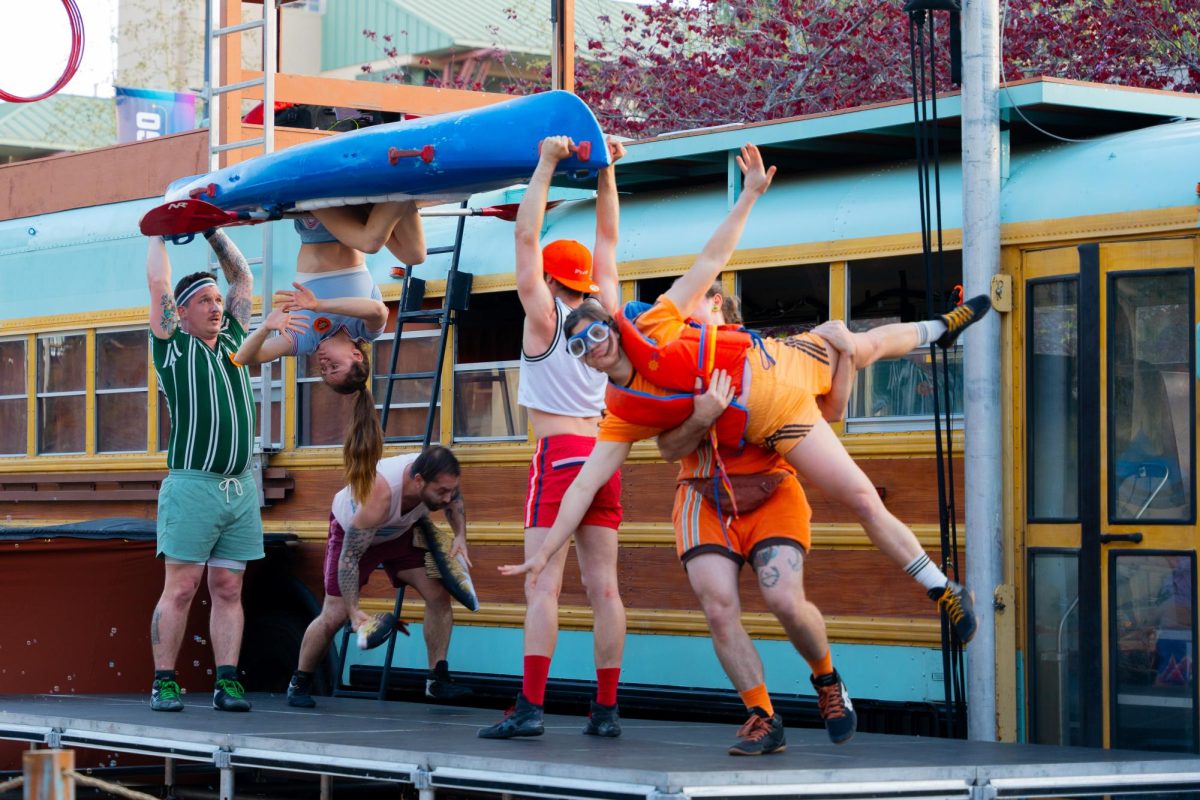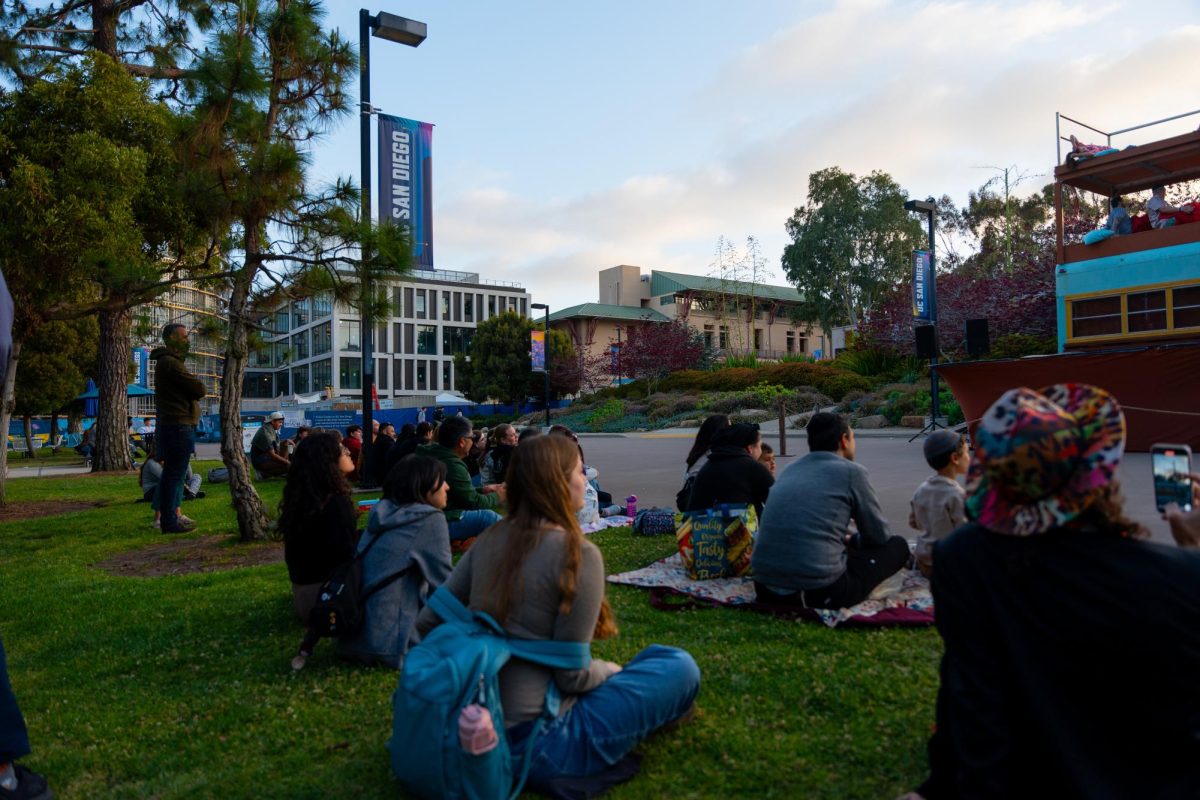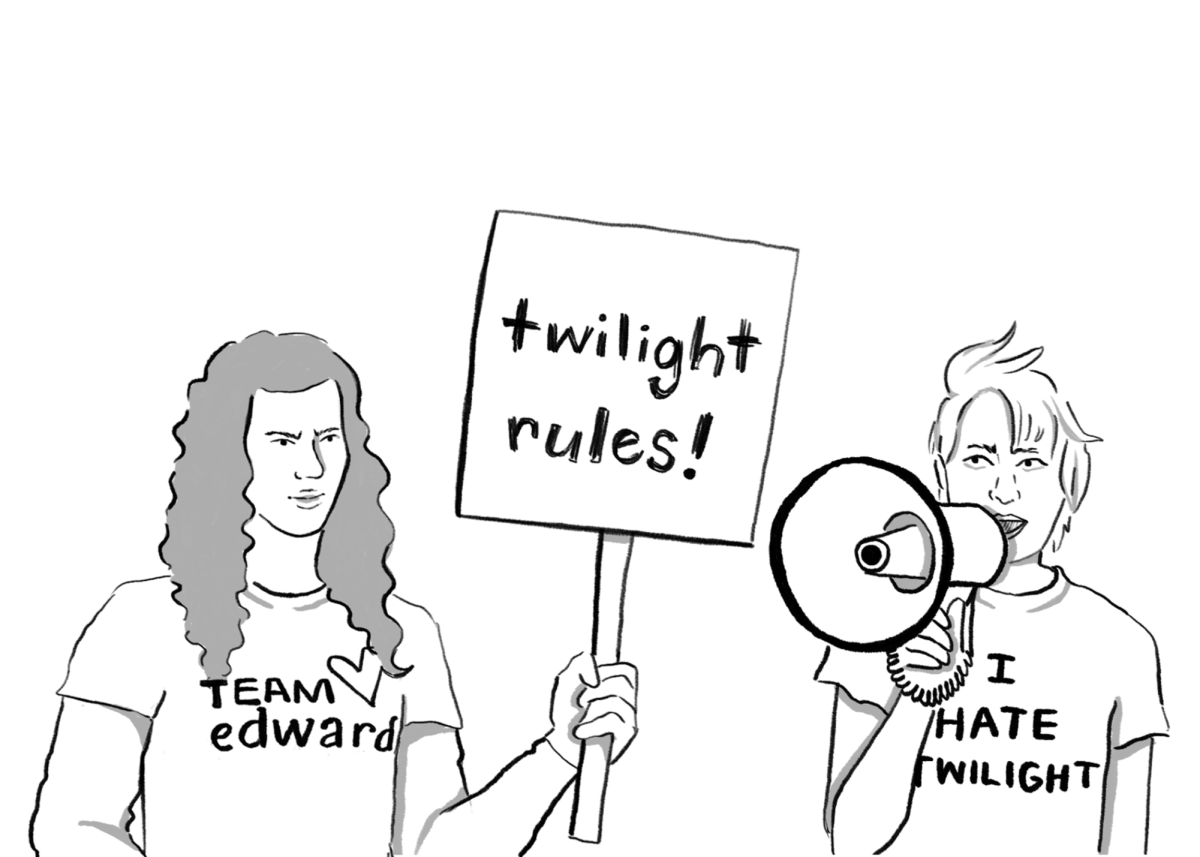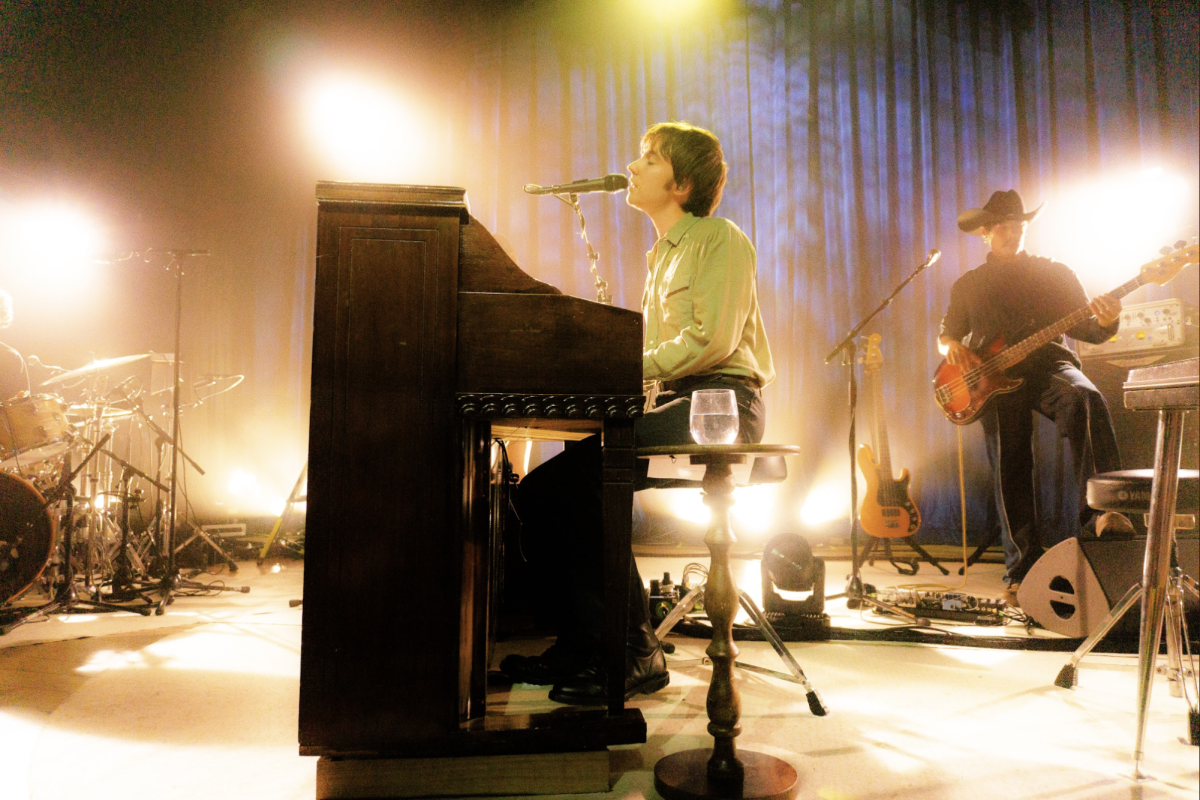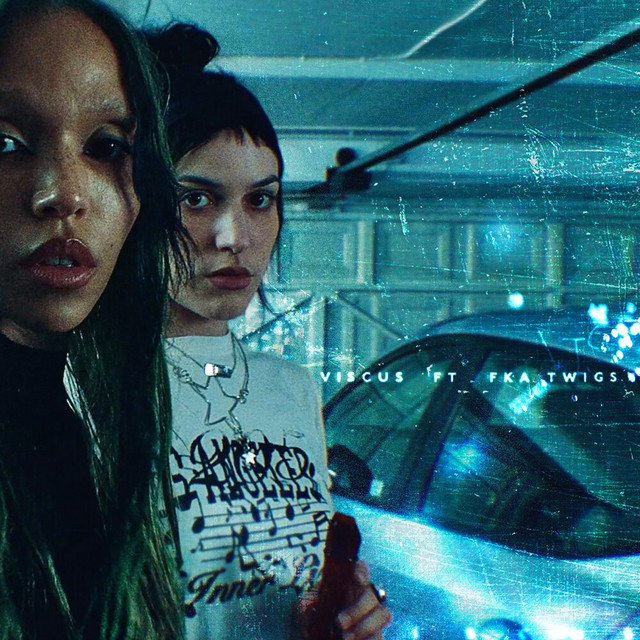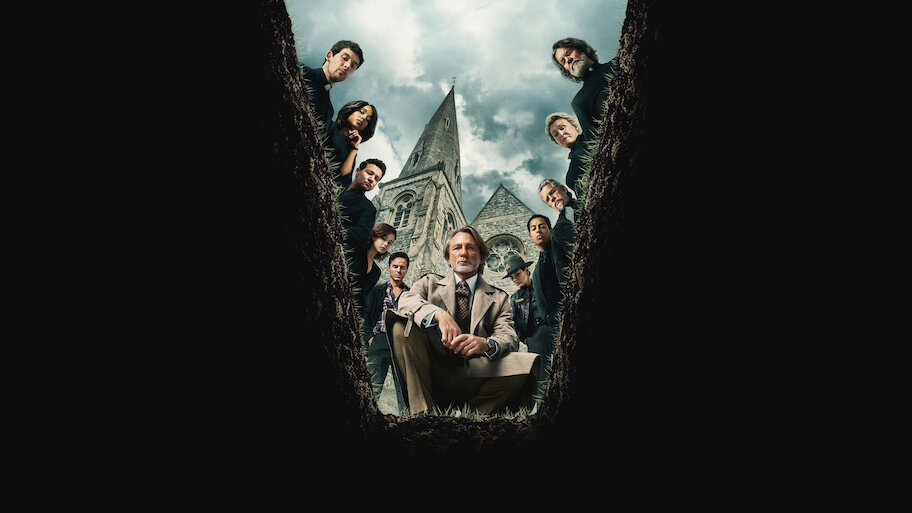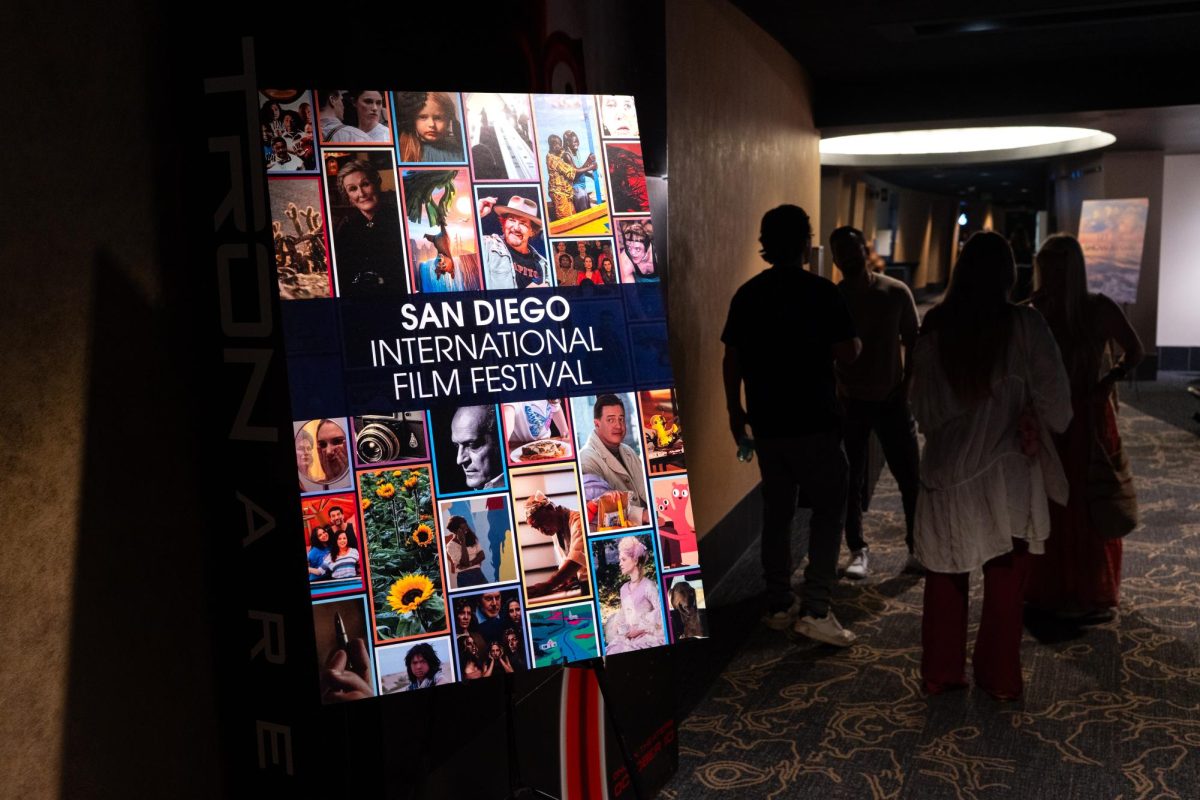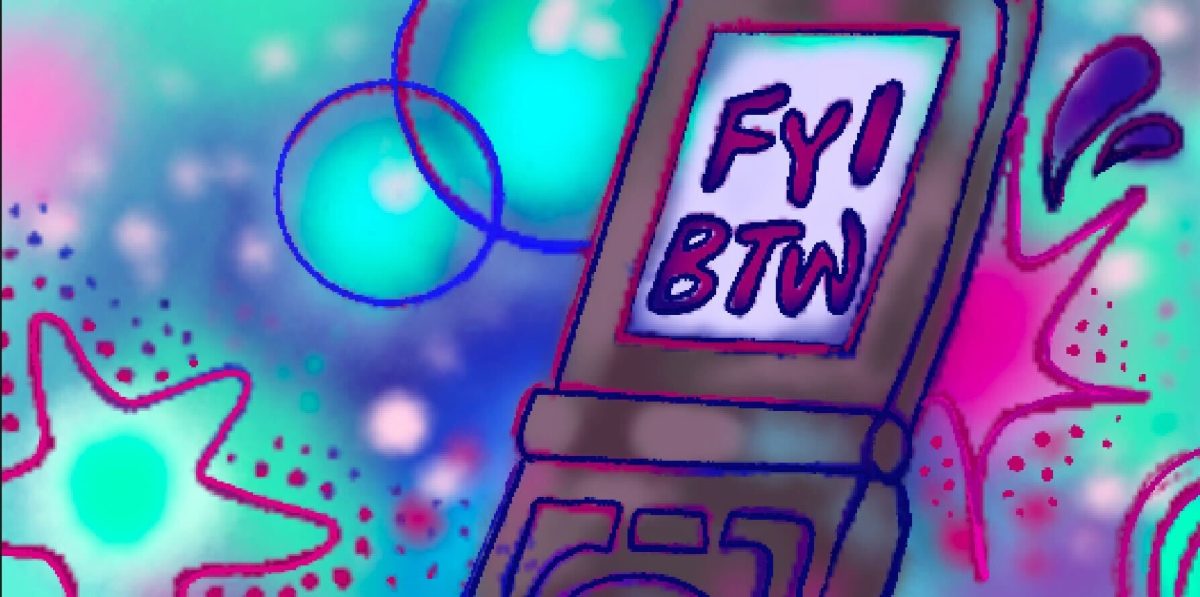‘Summer Break’: A walk down nostalgia lane
When I was a kid, the last day of school before summer break was always the happiest day of the year. In elementary school, I remember bursting out of the classroom with my peers, running into our parents’ arms, ready for the long days and warm nights ahead. “Summer Break” captures this feeling of freedom from academic responsibilities that students universally look forward to every June. The show was a refreshing reminder of the most quintessential elements of summer.
In the show, seven acrobats transform into children at a summer camp, darting through the crowd with water guns, instigating pillow fights, and throwing jumbo marshmallows at kids eagerly holding their hands high. As I sat at a table on the sidelines, the chortling from kids frantically scrambling to pick up sticky, dirt-covered marshmallows off the ground helped me remember what summer break is all about: living free from constraints and obligations.
Surpassing the levels of physical strength and courage of the average person, the “Summer Break” performers stood on each other’s shoulders, did flips in the air, and free-fell backward onto a trampoline. Witnessing what the human body is capable of had me on the edge of my seat — anxious, amazed, and exhilarated, all at once.
Childhood summers elicit similar feelings; there are always the anxieties of facing next year’s uncertainties, but nothing compares to the freedom of being a kid, waking up whenever you please, playing outside with your friends until the street lights flicker on, and best of all, no school work waiting at the dinner table. This 30-minute performance felt like five, just like how the last 20 summers have flown by in the blink of an eye. As a senior in college, I’m rapidly approaching my last summer break. These talented performers inspire me to embrace the season’s long days and warm nights one last time and embody the childlike joy that those three months have always provided me —and I will always remember the fun I had with them.
– Lina Mauk, Senior Staff Writer
‘Marcel Lucont’s Whine List’: Whining over wine
What better way to spend a weekend than airing out your complaints to a barefoot, wine-sipping, heavily French-accented comedian? I attended the final performance of Marcel Lucont’s hysterical “Marcel Lucont’s Whine List” at The Loft. In this stand-up comedy poetry routine, Lucont — who is famed for his deadpan delivery and wit — delighted the audience with his act.
One thing that made Lucont’s show unique was the way he weaved the audience’s worst experiences into his act. Before the show, audience members filled out forms detailing their worst days at work, worst overseas experiences, and worst amorous encounters. After bluntly reading aloud selected responses that had everyone gasping in shock or laughing uncontrollably, Lucont provided melodramatic advice with the arrogance and patronizing demeanor of a stereotypical Frenchman, smugly pausing between laughs to sip wine from his glass. Lucont’s act also included poems that could put any literature major — such as myself — to shame, with sex being the unconventional theme that was heavily incorporated in both the “whines” and his poetry.
The Loft roared with laughter at Lucont’s creative lines about sex robots and having intercourse in inappropriate settings, such as an airplane bathroom or a castle-shaped bouncehouse. The hour-long show became an oddly intimate setting for Lucont and the audience and made for an exhilarating group therapy session. Everyone shared the lows of life over wine, jokes, and a plethora of sexual innuendos. This was the best — and perhaps the only — way to close out the WOW Festival.
– Erika Myong, Senior Staff Writer
‘How to Put on a Sock’: The missing pieces in sex ed
Many of us remember the awkward moment when we faced the dreaded “birds and the bees” talk with our parents or loved ones. But, oftentimes, that conversation can be incomplete, distorted, or, in some households, never even brought up. In turn, we’re left to rely on schools to fill in the gaps, but as “How to Put on a Sock” reveals, many states lack comprehensive sexual education standards.
My experience with sex ed was a one-week lesson during my freshman year of high school that lightly and inadequately touched on “everything we needed to know” about practicing safe sex. Looking back on it now, it is apparent that the lesson was neither a thorough nor proper lesson on why safe sex was important, but rather brushed over the broader ideas without going into detail about such delicate topics.
Through creative and engaging methods like interactive polls, a Family Feud-style game on sexual health, and powerful personal anecdotes from four actors — Clara Williams, Janice Amaya, Judy Bauerlein, and Marcos Duran — “How to Put on a Sock” was an hour-long theatrical piece written and directed by Rachel Gita Karp that shined a light on a critical gap in the American education system. Informative without being preachy and humorous without undermining the seriousness of its message, this show successfully captured the urgent need for better, more honest conversations about sexual health and advocacy for young adults across the country.
– Amrutha Ravi, Contributing Writer
‘How to Put on a Sock’: The inequities of sex ed
My first experience with sexual education was in seventh grade when one of the sisters at my Catholic school taught us a curriculum called “Family Life.” She lectured on how surrogacy was a sin, how masturbation and indulgence in sexual feelings were immoral, and how the only way to prevent unwanted pregnancy was through abstinence.
I always knew that my Catholic school experience was different from what was taught at public schools, and the things that I was taught back then are ideas that I wholeheartedly oppose now. However, I have never thought more about the differences between sex ed curricula across the nation — until this show.
“How to Put on a Sock” brings these inequities to light through an interactive sex ed tour of the United States. Combining audience participation, character acting, and compelling personal narratives, the show is both informative and enlightening.
The most compelling story to me came from performer Clara Williams, who shared how the embedding of the Latter-day Saints’ belief system into her Utah high school’s sex ed curriculum fostered shame and toxicity in her early relationships — tensions that she continues to battle in her romantic and sexual interactions today. I related to her story; though to a lesser extent, my Catholic school education caused similar conflicts in my life.
Williams’ personal narrative and the entirety of “How to Put on a Sock” evoked feelings of solidarity and anger in me. While sex ed takes up a relatively small part of our larger education journey, with many sex ed courses being only a semester long, sex ed holds immense power in shaping how we understand our bodies and our relationships and still needs serious reform.
– Thi Tran, Staff Writer
‘Firebird’: A symphonic light show
Eerie music plays upon entering the amphitheater, orange light emanates from the stage, and suddenly, a metallic parade commences. A sea of silver ponchos fills the stands. The lights dim, and the centerpiece glimmers on stage.
“Firebird,” a concert visualized through a centerpiece made of recycled tail lights, exhibits a lifelike creature of light and sound. As music begins to play, the centerpiece comes to life: The lights flicker, mimicking notes of warped guitar and contemplative piano. The audio aligns with the visuals; the lights move diagonally, criss-crossing the centerpiece. Textured sounds embellish the songs, emulating fire sparks and crackles.
I listen and watch as the lights reflect the excitement of the music. The songs are suspenseful, at times going completely silent and returning even louder than before. A symphony of varying beats and volumes, the music is a character in and of itself, illustrating a sonic journey of fluidity and grit. I find myself anticipating the next note but am inevitably surprised at what comes next. This feeling of surprise encapsulates “Firebird.”
The lights flicker and dim, once again. The music slowly fades out. The show has come to an end, but the lights still flash in my head. A mesmerizing installation you can’t look away from, “Firebird” goes beyond the typical light show or concert. The unique combination of the two cultivates a captivating viewing and listening experience — one that leaves you reflective and inspired.
– Olivia Barkwill, Contributing Writer
‘Artists Everywhere’: Culture, connection, and creativity
The wonderful thing about being an artist is that there are no rules. To be a creative person is to imagine an existence where limits don’t exist and to craft one’s interpretation of the world. This is precisely what Chris Boyd — teacher, artist, and filmmaker — set out to do with “Artists Everywhere,” courtesy of the Playwrights Project.
I went to the Qualcomm Institute for a gallery-style exhibition featuring five short films originally drafted as plays by formerly incarcerated writers. Upon my arrival, I was given a pair of headphones that synced to different channels, reminiscent of a silent disco.
Three screens displayed each film on rotation: “Red America,” “A Mother’s Promise,” “Homecoming,” “Criminal Adaptations,” and “Fate of Man.” The films commented on the current state of our world, such as the increasing use of AI and the impact of politics on human rights. Some utilized sci-fi elements, while some were rooted in poignant realism. All five stood out to me for different reasons; collectively, they explored the role of culture across society and the human experience. “Artists Everywhere” paid tribute to love and fear, to giving a voice to the voiceless, and to the longstanding tradition of filmmaking.
– Arshia Singh, Senior Staff Writer
‘Green Memories’: An ode to planet Earth
As an Iranian-American, my eyes were immediately attracted to the distinctly Persian names on the WOW Festival program. Drawn to the work of artists like me, I knew I wanted to see “Green Memories,” a collaborative film by Iranian-American composer Shahrokh Yadegari and Turkish artist Memo Akten, both UC San Diego faculty members.
As I walked into the Immersive Media Lab, I was met by Yadegari himself, who ushered me and other patrons into a black box surrounded by screens. On the floor were cushions to lie down on to better immerse ourselves in the world of the piece. My interest thoroughly piqued, and I settled onto a cushion and watched the lights dim.
“No one thinks of the flowers / No one thinks of the fish.” So began “I Pity the Garden,” a poem by Iranian poet Forugh Farrokhzad: a rumination on our Earth’s past, earnest hope for its future, and the inspiration for “Green Memories.” Accompanied by visuals of all four elements — splashes of water and bursts of fire — the poem came to life on the screen, depicting a harrowing look at what our planet has become. Haunting melodies and sweeping images came together, escalating to a crescendo and culminating in a reading of Farrokhzad’s poem.
For 25 minutes, I was transfixed; while the state of our planet may be bleak, the possibility for healing is not yet impossible. After all, as Farrokhzad wrote, “I think that the garden can be saved in a hospital.”
– Tara Vatandoust, Staff Writer
‘Green Memories’: An elemental elegy
Thursdays are always a blur for me. Between classes and club meetings, it’s draining to have five hours of my day stolen — even if I volunteered that time to be kidnapped. In the slivers of time when I’m allowed some respite, I typically spend it with a sandwich and a podcast. During WOW Festival week, however, I decided to spend my half hour of freedom watching “Green Memories,” an odyssey that intertwines human existence with the beauty that surrounds us.
Inspired by Iranian poet Forugh Farrokhzad, “Green Memories” lulled me into a peaceful trance. Smoke, molten lava, and water melded into human shapes that danced elegantly across the panoramic screen in a manner that eased my mind from a fortuitous day out. After the program ended, I gazed at the evening sky, ready to embrace both the Earth and the rest of my Thursday routine.
That is what I would have loved to say. Yet, in hindsight, I found myself perturbed by the piece, especially as its description notes the utilization of “algorithmically generated visuals” intercut with real nature footage. It was a rather seamless integration, but the use of algorithmic footage feels antithetical to the work’s goal to advocate for environmental healing. In the process of advocating to heal our world, why are we killing it?
– Matthew Pham, Senior Staff Writer
‘Goldilocks Screentime’: What does ‘getting it right’ look like today?
“Goldilocks Screentime” consisted of moments of dance, physical comedy, and different narrative scenes of societal commentary that created an authentic and comical representation of how life can feel with the technology of today. The piece was performed at the Warren Bear Statue in homage to the three bears from “Goldilocks,” and the show utilized the monument as a set piece in this extremely relatable exploration of what it can look like to “get it right” today.
The skits were diverse and relatable, whether it was naming various skincare products that I’ve tried or written down to try, cycling through comedic interpretations of fitness influencers, or the continual theme of comparison. One of the actors used tap dancing to represent the inability to stop scrolling through social media, which I found to be a clever and accurate comparison. I also thoroughly enjoyed the visualization of the perfect morning routine that is too convoluted to put into practice. The piece’s commentary on today’s society and the constant interruptions of social media in our daily lives was profound.
The sizable crowd in front of the Warren Bear enjoyed the performance; we laughed and cheered along. This piece was enjoyable and entertaining while offering the audience a chance to shift its perspective on social media and how we present ourselves. Goldilocks was lucky. She found her perfect bed and porridge on her third attempt — for the rest of us, it isn’t always that easy. This piece shows that everything doesn’t always have to be perfect, and Goldilocks would likely have some trouble finding her perfect morning, skincare, and workout routine if her story took place today.
– Laila Del Rio, Senior Staff Writer











